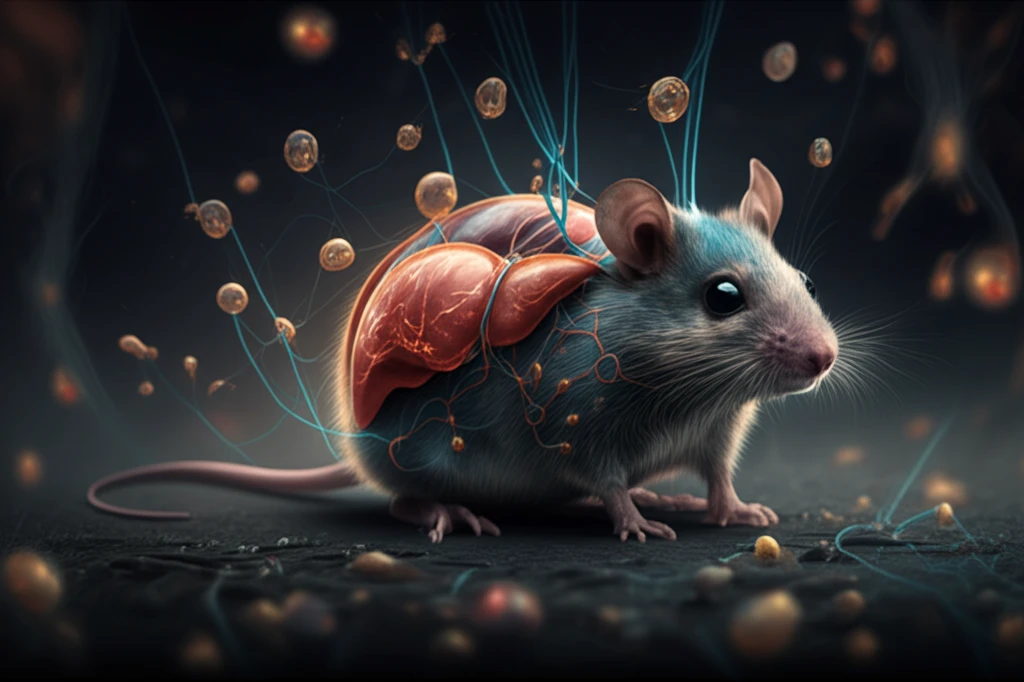
Decoding Liver Cancer: How Mouse Models are Revolutionizing Human Treatment
"Discover how C3HeB/FeJ mice are helping researchers unlock new insights into hepatocellular carcinoma and pave the way for better therapies."
Hepatocellular carcinoma (HCC), a prevalent form of liver cancer, poses a significant global health challenge. Its insidious nature and resistance to treatment underscore the urgent need for robust preclinical models that accurately reflect the complexities of human disease. Traditional models often fall short, failing to capture the heterogeneity and nuanced progression of HCC in patients.
Enter the C3HeB/FeJ mouse, an inbred strain exhibiting spontaneous HCC development. Researchers have found that these mice naturally develop liver tumors that share striking similarities with human HCC, making them an invaluable asset for unraveling the disease's underlying mechanisms and testing novel therapeutic strategies. The spontaneous nature of tumor development in these mice mimics the unpredictable onset of human liver cancer.
This article explores how the C3HeB/FeJ mouse model is revolutionizing our understanding of HCC. From genetic parallels to advanced imaging techniques and gene expression analysis, we delve into the multifaceted ways these mice are helping scientists bridge the gap between preclinical research and clinical success. Discover how these findings translate into better diagnostic tools and more effective, personalized treatments for those battling liver cancer.
The C3HeB/FeJ Mouse Model: A Mirror for Human HCC

The C3HeB/FeJ mouse model stands out due to its ability to spontaneously develop HCC, mirroring the natural onset of human liver cancer. These mice exhibit tumors with histological features remarkably similar to those found in human patients, including hepatosteatosis, dysplasia progression, vascular invasion, and diverse cell variants. Such similarities are crucial for accurately studying disease progression and therapeutic responses.
- Tumors in C3HeB/FeJ mice exhibit hyperechogenicity with distinct borders, similar to human HCC.
- Ultrasound imaging accurately correlates with physical tumor volume, providing a reliable non-invasive measurement.
- Longitudinal monitoring allows researchers to observe diverse patterns of tumor response to therapy, including growth, regression, and delayed response.
Future Directions: Bridging the Gap to Human Therapies
The C3HeB/FeJ mouse model offers a powerful platform for preclinical research, accelerating the development of more effective therapies for human HCC. By closely mimicking the genetic, histological, and diagnostic features of human liver cancer, these mice enable researchers to identify novel drug targets, test therapeutic interventions, and refine treatment strategies. Future studies focused on personalized medicine approaches, leveraging the heterogeneity of C3HeB/FeJ tumors, promise to bring us closer to conquering this deadly disease.
